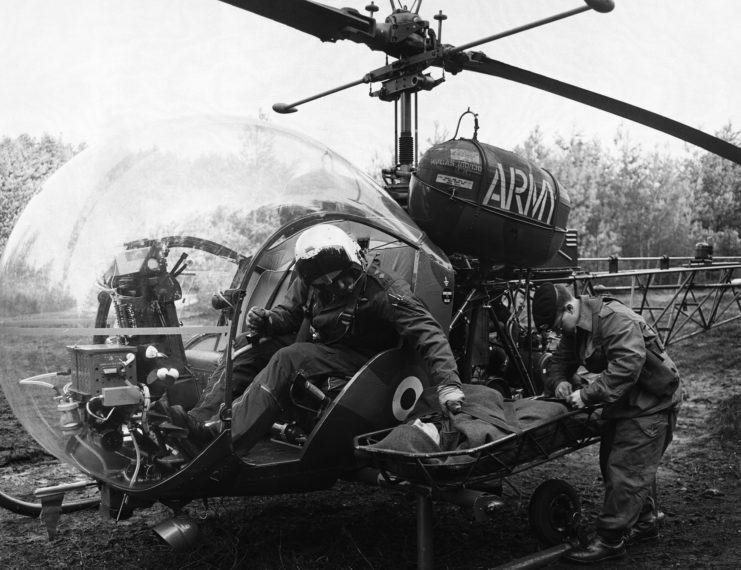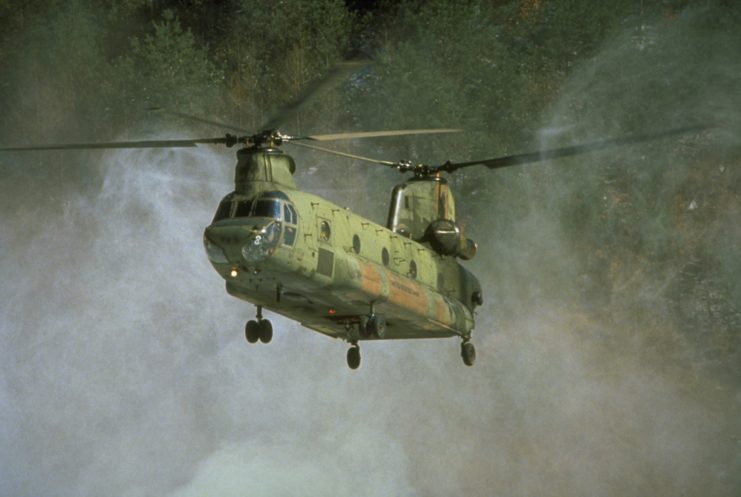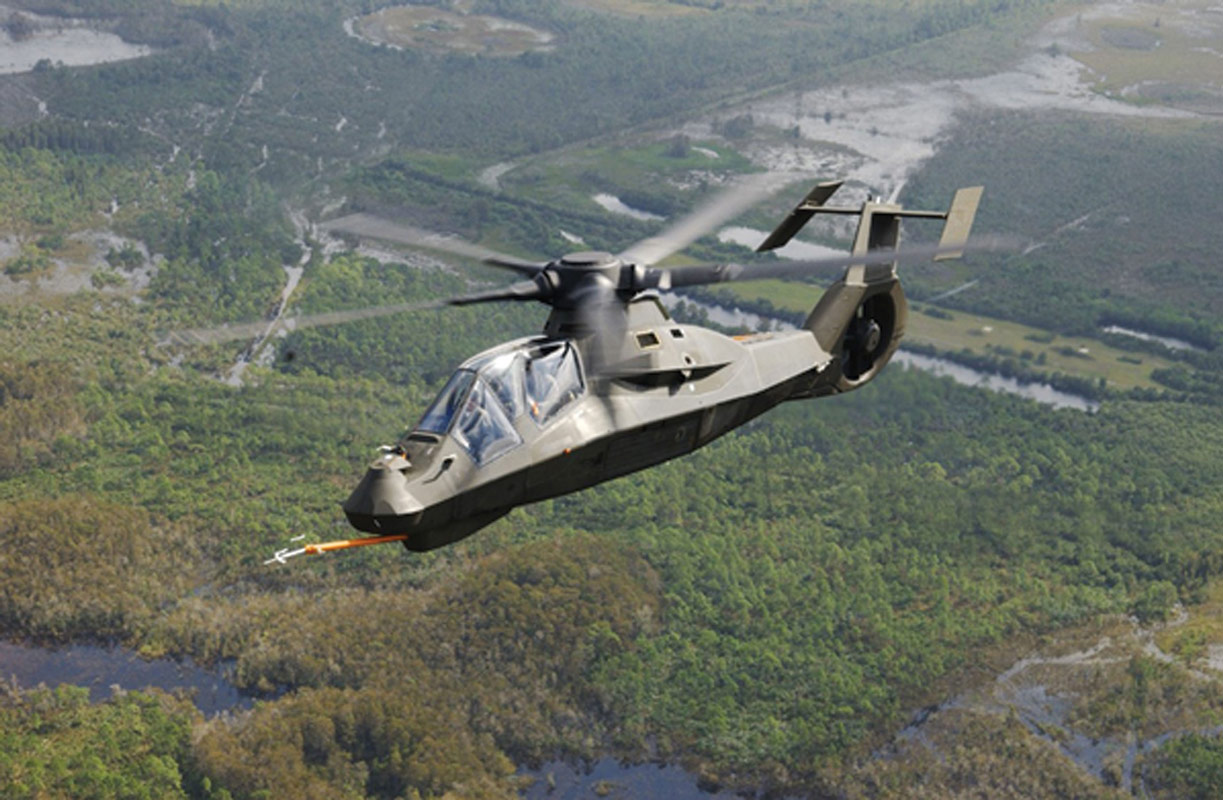You may have noticed that US helicopters follow a pattern of being named after Native American tribes. This is not a coincidence; almost every single US Army helicopter is named after a Native American tribe. The idea originated back in the 1940s before the United States Air Force was not even its own distinct branch of the military. At first, naming a helicopter after a Native American tribe was mandatory. Although this rule has since been relaxed, the tradition still continues to this day.
Naming traditions

Giving pieces of military equipment names is not only traditional but also a wise thing to do. The US has an infamously poor reputation for confusing designations. For example, during WWII, M1 ammunition could refer to ammunition for the M1 Garand, M1 Carbine, or even the 76 mm M1 tank gun. Similarly, a tank, a gun, a 75 mm gun, or an artillery tractor are all named M4. The British remedied this problem during the war by naming their US-built tanks after American generals or leaders. The US later adopted this tank-naming system themselves, a practice that still continues in the US military today.
Names for other pieces of equipment are usually words associated with strength and power or are otherwise confidence-inspiring.
In fact, Army Regulation 70-28, which was created in 1969, actually detailed the naming criteria that had to be followed for important pieces of equipment. One criterion was that a name had to “Suggest an aggressive spirit and confidence in the item’s capabilities.”
Native American figures and tribes are one of the main sources of names for military equipment.
Despite the turbulent history between the US and Native Americans, their fighting spirit is legendary. Over the past two centuries, Native Americans have fought and died courageously for the US military, with 32 earning the Medal of Honor.
Naming equipment after such tribes or people honors them and invokes the feelings of power and fierce warrior spirit associated with their culture.
Army helicopters

Army helicopters in particular are mostly named after Native American tribes. For example the AH-64 Apache, CH-47 Chinook, AH-56 Cheyenne, and the UH-72A Lakota.
This tradition is believed to have been started in the 1940s before the Air Force was separate from the Army. Army General Hamilton Howze was tasked with establishing doctrine on where air assets should be employed, and how they would interact with those on the ground. He was not happy with the unremarkable sounding names given to the first two US helicopters; the Sikorsky R-4 Hoverfly and the Sikorsky H-5 Dragonfly.
Howze decided that the names given to helicopters should be related to their role or capabilities. He chose the name Sioux for the famous Bell H-13 light observation helicopter. The Sioux are a group of Native American tribes that fought and beat the 7th Cavalry Regiment at the Battle of Little Bighorn.
This is likely the reason that the previously mentioned Army Regulation 70-28 also detailed that names for Army aircraft must be “Indian terms and names of American Indian tribes and chiefs.”
Since then, helicopters have been given names like Chinook, which is a group of Indigenous people from the Pacific Northwest, and Comanche, a Native American tribe from the Great Plains of the United States.
The strict requirements in Army Regulation 70-28 regarding the use of Native American-related names for aircraft were eventually dropped, but the tradition still continues today.
Recent helicopters like the now-canceled Bell ARH-70 Arapaho and the UH-72 Lakota continue to uphold this naming convention.
